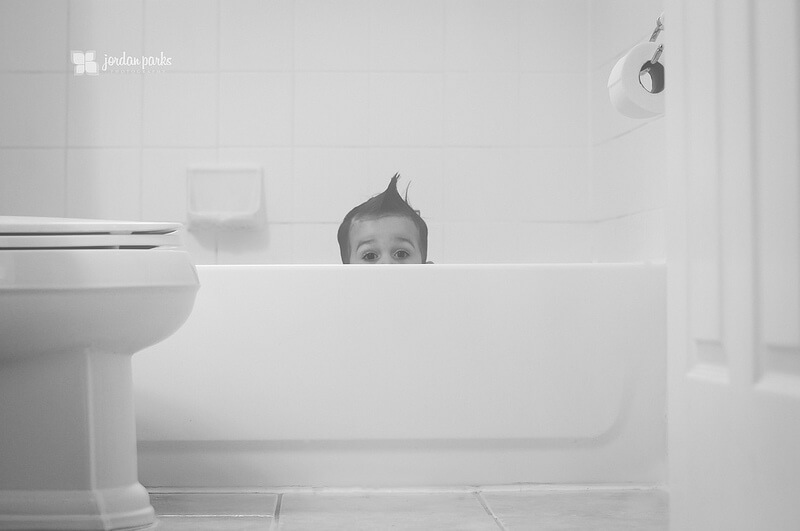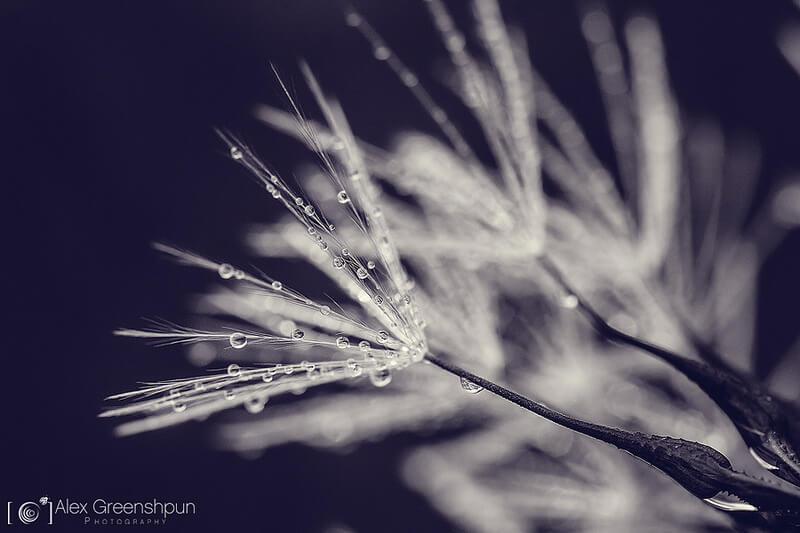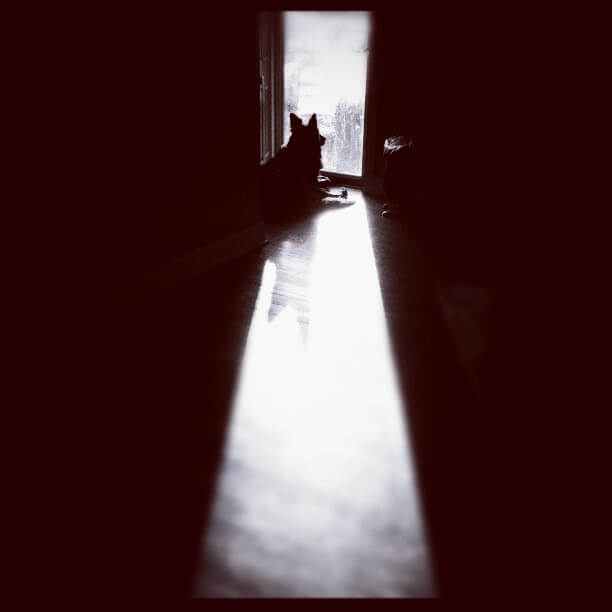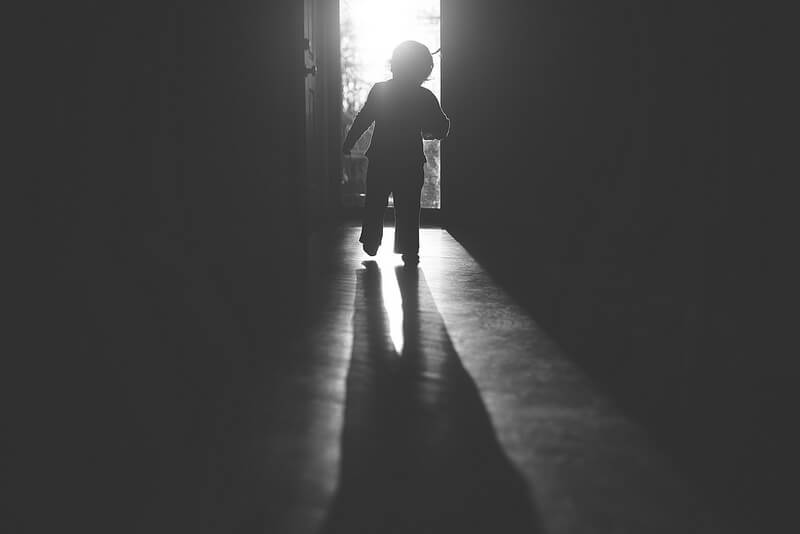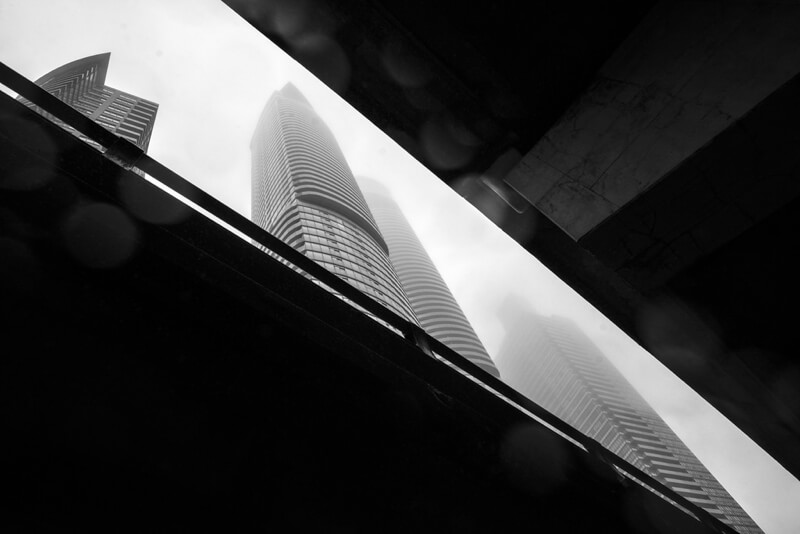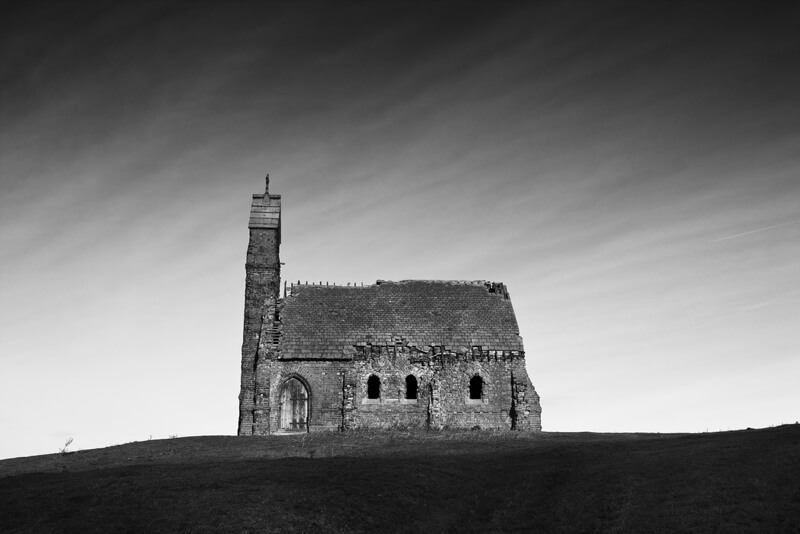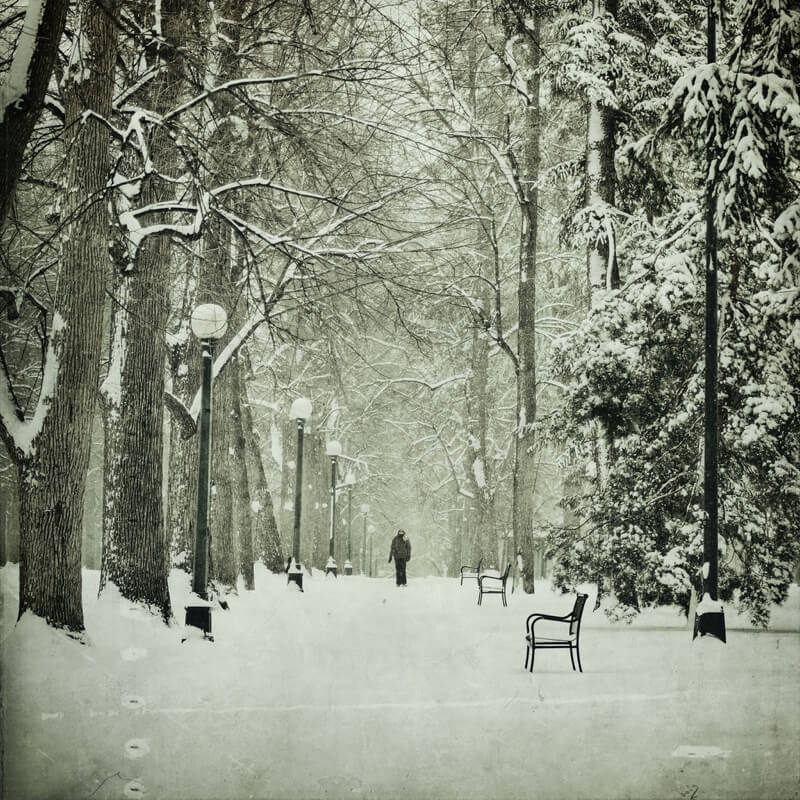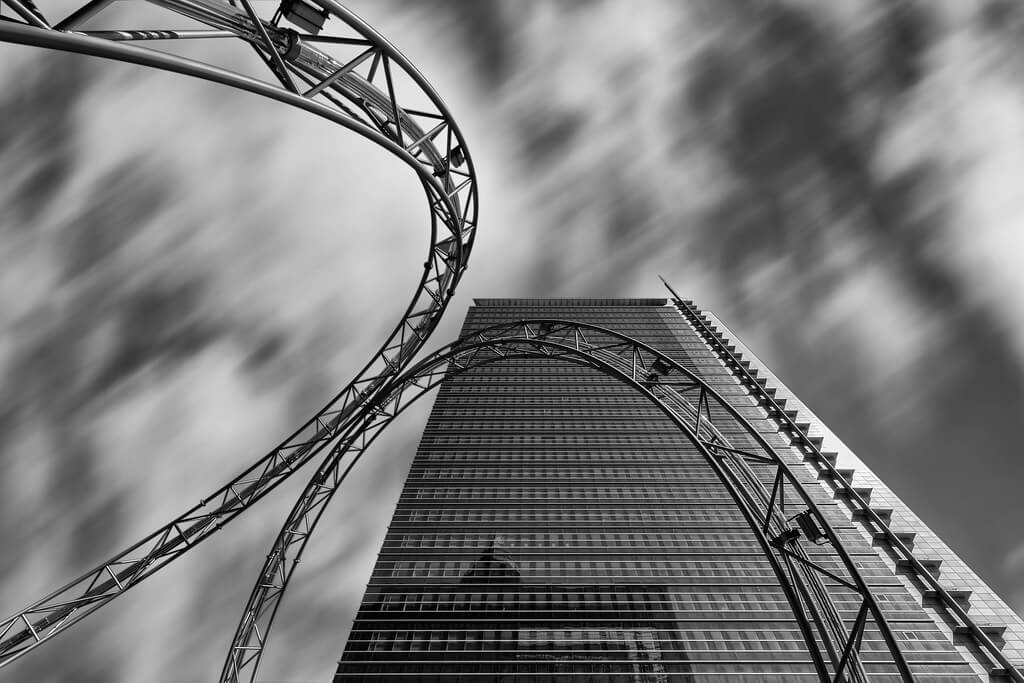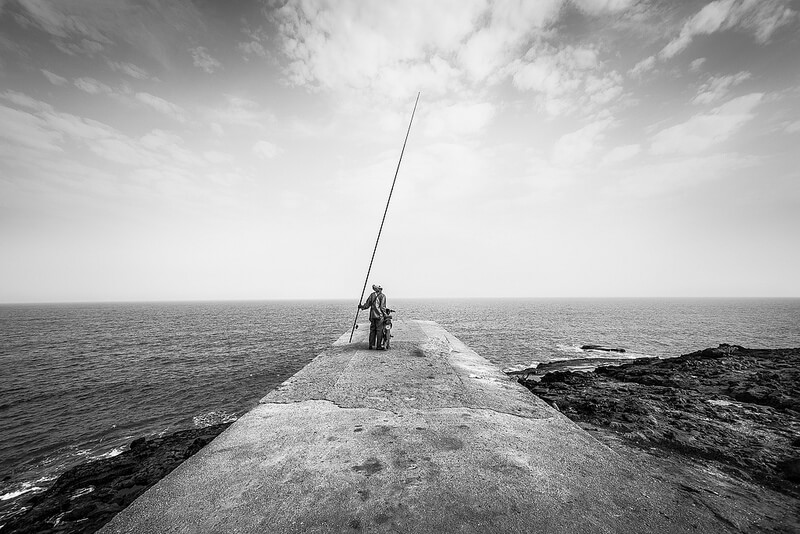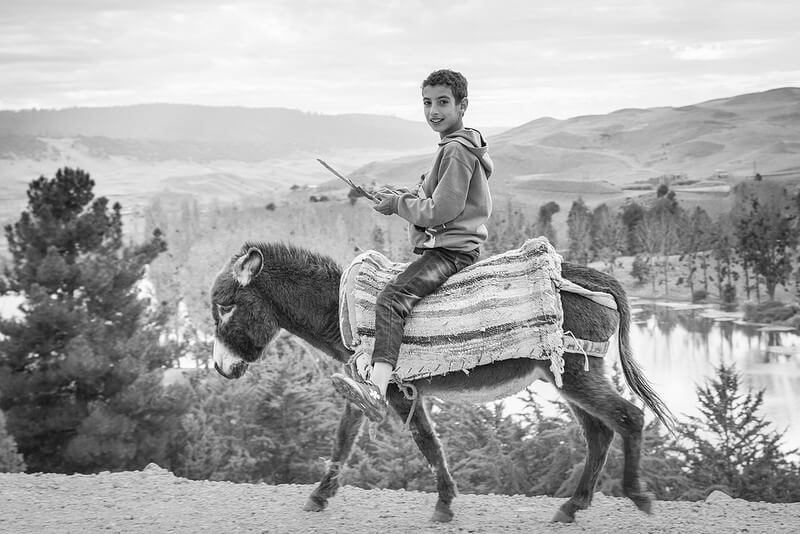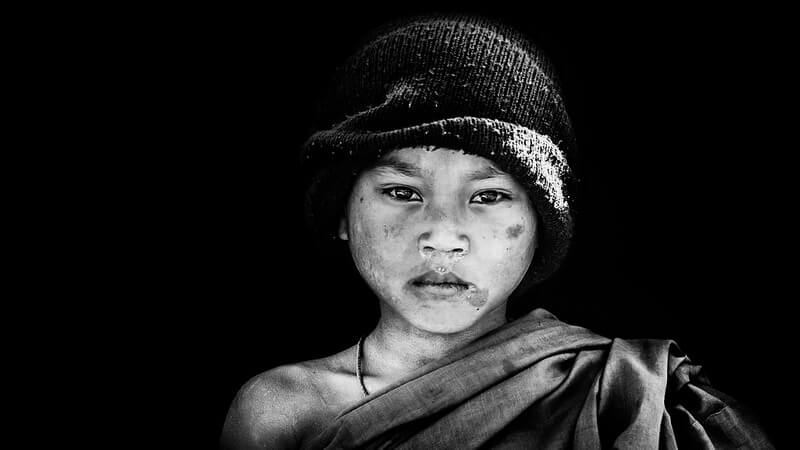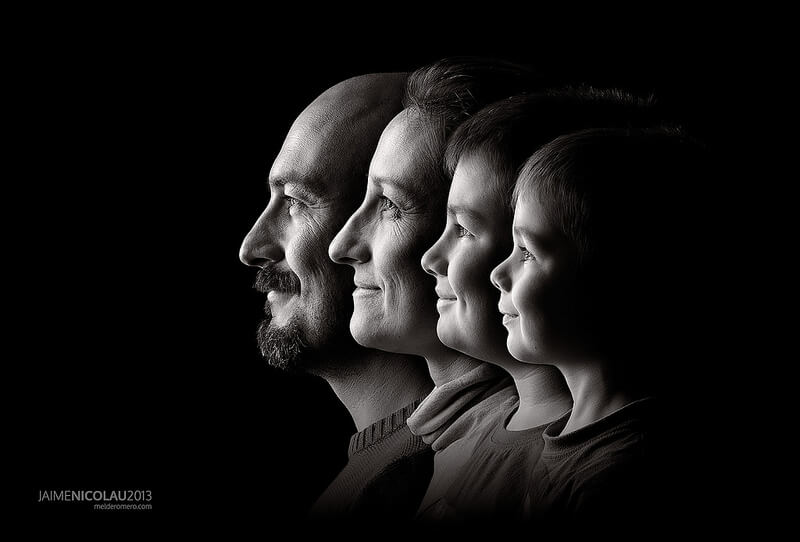Black and white photography is a classic art form that has never gone out of style. It has been around for centuries, with many of the great painters of all time using it to create their masterpieces. The reason black and white photography appeals to so many people is because it can be used in many situations for impactful results. Black and white photography can give scenes a striking, timeless quality when done well. However, not every shot or technique will work well in black and white. To get the best black and white photos, consider the following tips.
Quick Tips for Beautiful Black & White Photos
1. Aim for clarity.
Color photos can have a wide palette of shading, but the best black and white images often have a clear ‘black’ and ‘white’ to guide the viewer. While shades of gray can be interesting, too, they’re harder to pull off. With too much gray, your image may end up looking vague or bland.
2. Use light and shadow to your advantage.
One way to create clarity is to have a strong contrast between darkness and light. With some planning, this contrast should be easy to create, as light and shadow are more obvious in black and white. In your editing, you can increase the blacks and the contrast without having to worry about skin tones in black and white photos. This gives you a chance to create really dynamic, impactful images. See the example below:

3. Focus on texture and shape.
Like light and shadow, texture and shape tend to be more important in black and white photography. You no longer have color to guide the viewer’s eye. Instead, you need interesting curves, curious shapes, and/or great texture.
4. Choose the right subjects.
While nearly any subject could look nice in black and white, some subjects are easier to work with than others. If you’re new to black and white photography, start with easy subjects, then tackle more challenging subjects later. Then, you can build up experience and confidence with less frustration and more success.
Great Subjects for Black & White Photography
The following subjects all look beautiful in black and white. Some are excellent choices for beginners, while others require more technique and practice. If you find yourself getting frustrated with one subject, there’s no shame in giving up and trying a different one! After all, you want to enjoy the process of taking photos, so you’ll stay motivated to keep going and developing your style.
Natural Light & Dark Contrast
One challenge of shooting in black and white is that you have to imagine how your subject will look without color. For this reason, it can be helpful to start off with subjects that have a strong dark/light contrast, like a white feather on the asphalt or black writing on a white page. Then, you won’t have to stretch your imagination as much.
Similarly, you can look for light or dark backgrounds for your photo shoot. Then, simply choose a subject with the opposite tone (light subject with a dark background / dark subject with a light background), and you’ll be set for a nice black and white image.
Ana GR — it may, or may not, be the right time

Silhouettes
Silhouettes are the next step in learning how to envision photos in black and white. That’s because ignoring color is easy when you’re focusing on a silhouette. The dark/light contrast will be clear, regardless of the surrounding colors.
When you’re looking for silhouettes to shoot, remember that you don’t need perfect backlighting to get a lovely silhouette in black and white. With enough contrast, dark subjects can look like silhouettes against a light background. For instance, a dark bird like a raven may look like a silhouette against a light sky.
Sherrin Lim – .puppets on strings.

Bahadır Bermek – Need Some Rest

Bryon Lippincott – Exposed by the light
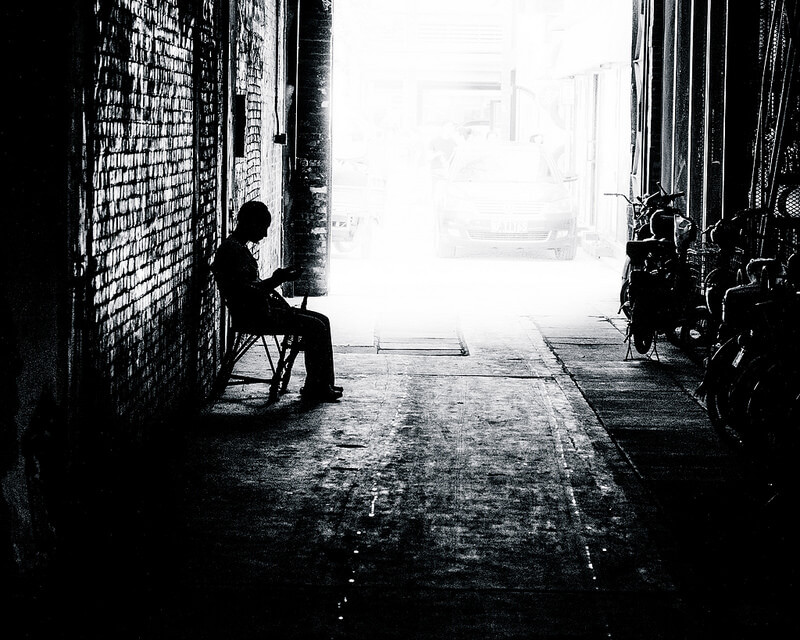
Sunbeams
Shooting portraits in a sunbeam is one easy way to create silhouettes. But even without these silhouettes, sunbeams can be lovely subjects for black and white photography because they stand out clearly in monochrome. While a sunbeam might seem subtle in color, it will become an obvious ray of light in black and white.
Fotis Mavroudakis – Seeking forrest silence
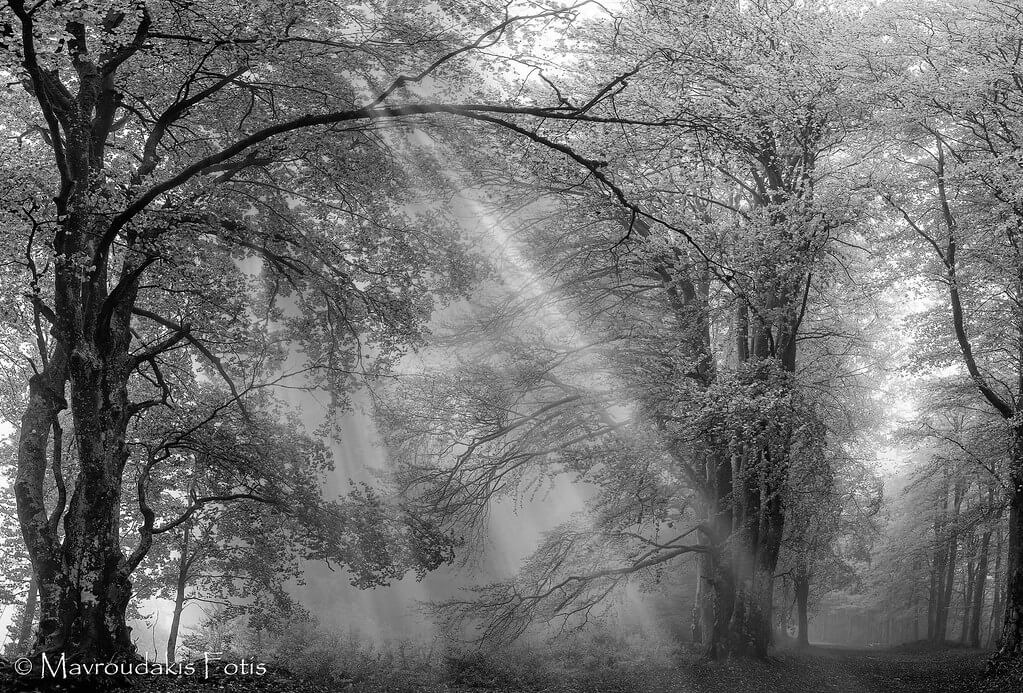
Amine Fassi – Chefchaouen – The Kasbah Prison – 1471
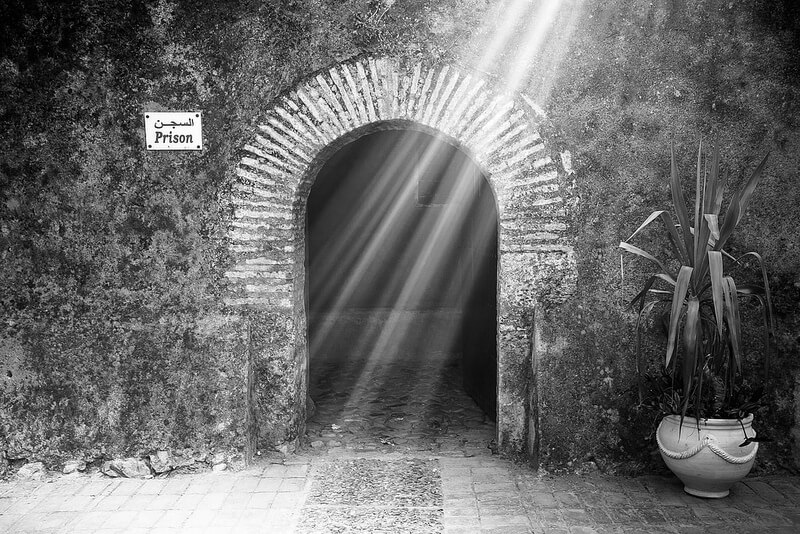
Interesting Patterns
Bright colors can be powerful – so powerful that they distract from other interesting subjects, like patterns. If you want to minimize this distraction and bring attention to a pattern, try shooting in black and white. This way, viewers will notice the pattern first instead of the colors.
Flowers and winding stairways are common patterns shot in black and white, but you can find many more great patterns in nature and architecture. Even a floating bubble has a pattern that may be unnoticeable in color, yet clear in black and white.
Paul Shears – Bubble Reflection
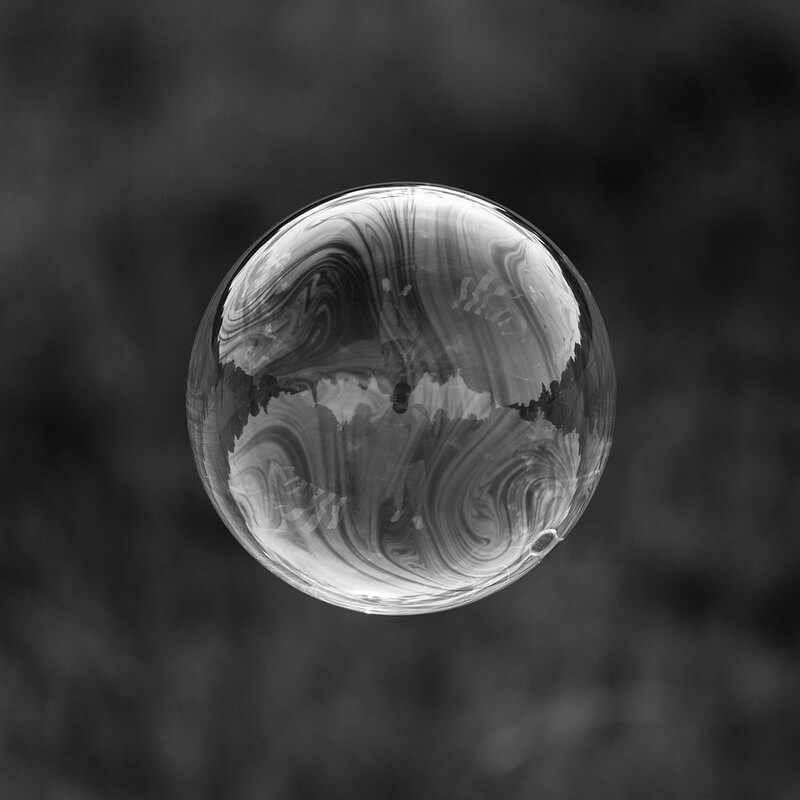
Children of the Mist — Momo´s Helix

Thanawat Thiasiriphet — Layers

Alex Greenshpun – Birth of a Star

Architecture
Buildings like skyscrapers tend to look great in black and white for several reasons. First, they generally have interesting patterns, textures, and shapes that become more obvious without color. They’re also typically set against the sky, which becomes a nice, featureless background in black and white, free of distractions.
Finally, using architecture as a subject can help train your mind to ignore color when shooting in black and white. Because buildings have a strong, familiar shape, they’re easy to imagine in black and white, even when they are brightly colored. With some practice, you’ll soon get used to ignoring color and be ready to photograph more challenging subjects.
Vanishing Point
When roads or paths head towards the horizon, they seem to get smaller and smaller until they disappear. The point where they “disappear” is called the vanishing point. It’s a powerful compositional technique that works beautifully in both color and black and white.
Like architecture, using the vanishing point as a subject can help you practice seeing and shooting in black and white. You don’t have to imagine exactly how your photo will look without color. You can simply focus on creating a powerful vanishing point, and the rest will follow.
Konstantinos Kousis – Kozani, Western Macedonia Greece

Shirren Lim — .under the open sky, i walk.
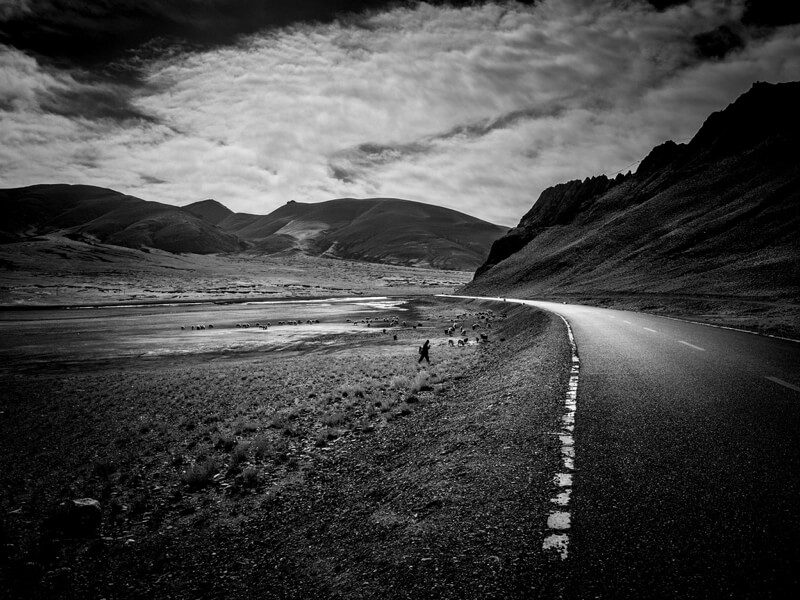
John Salisbury – parallel accessed

Shirren Lim – .long road [home].
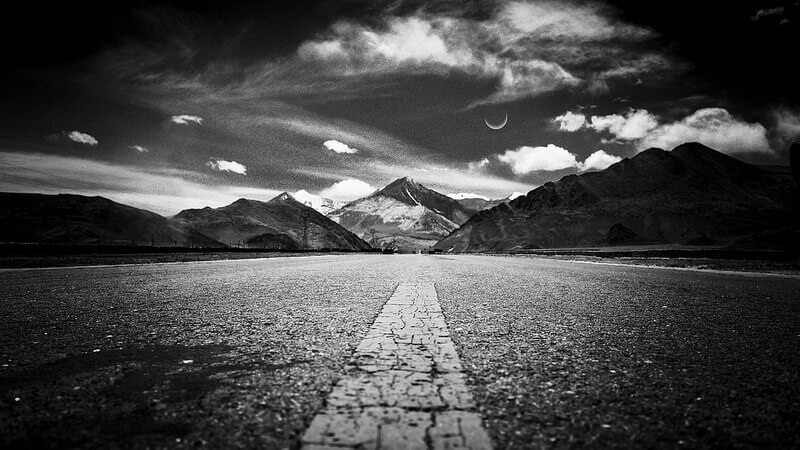
Misty Landscapes
Landscapes can be tricky to shoot in black and white, since they often look more beautiful with color. However, when you’re photographing mist or fog, it’s worth experimenting with black and white. Removing color can make the mist more eye-catching, as it’ll stand out against the dark landscape. For more examples of misty landscapes, check out these 50 magical misty morning photos.
Shirren Lim – .good morning bagan.

James Drury – fog, tree, some birds

Thanawat Thiasiriphet — Keep Walking

Jennifer MacNeill – cow in the fog

Motion Blur
Motion blur is a great technique for creating a sense of energy and movement in an image. You can use the technique either to blur your main subject or create a background. If you’re creating a background, your subject should ideally be more colorful than the background. Otherwise, the colorful background may draw the viewers’ attention away from the dull subject, even if the background is blurred.
If your background is distracting because of its bright color compared to the subject, you can solve this problem simply by shooting in black and white. Then, your subject will definitely stand out.
Amine Fassi – Life on the road

Michele Lazzarini — Lost metro
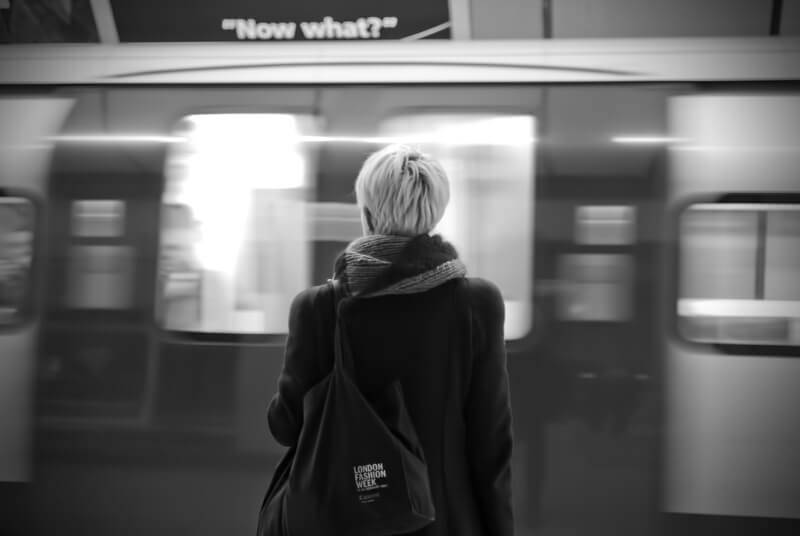
Bahadır Bermek – Panning Turkey – Istanbul

Beaches, Shorelines, and Water
Beaches are fantastic locations for black and white photography because they often look boring without color. This dullness can be an asset when you’re shooting a portrait. The repetitive grayness of the sky, sand, and sea will ensure that all attention goes straight to your subject.
ivan sgobba – Sanibel Island – Florida

Ahmad Syukaery – Fishermen Pulling The Net, Boom Beach, Banyuwangi
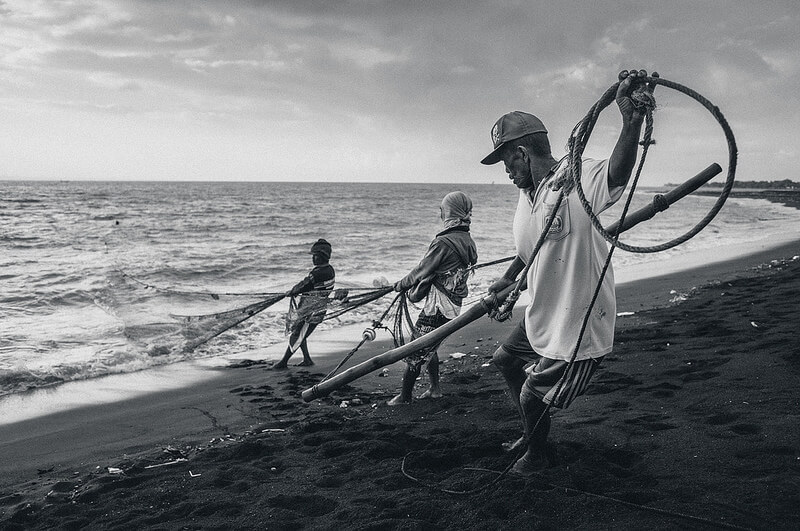
Debjani Chowdhuri — Make Way for the Q

Bahadır Bermek – Rain Man Turkey – Istanbul

Amine Fassi – Rabat Lighthouse – bw
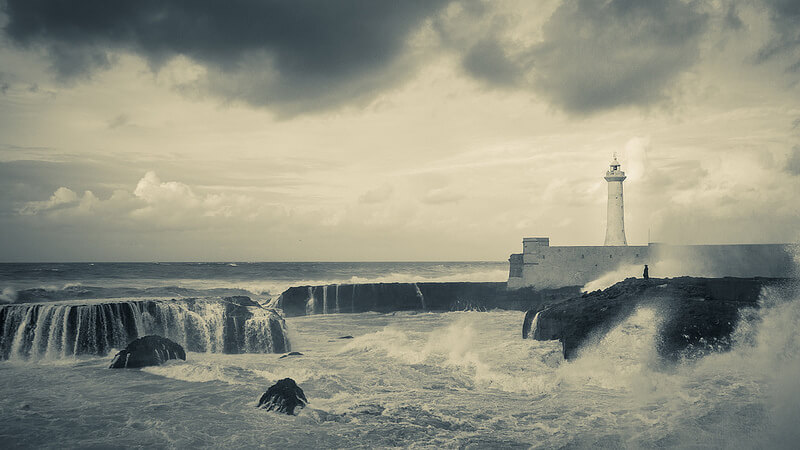
Animals
Many animals have neutral-colored fur that blends in with the environment. This camouflage can help them survive in the wilderness, but it’s not ideal for photography because it makes them less noticeable in pictures. To make animals stand out better in photos, try shooting in black and white. Then, the color of their fur won’t matter.
Sherrin Lim – .portrait of a yak.
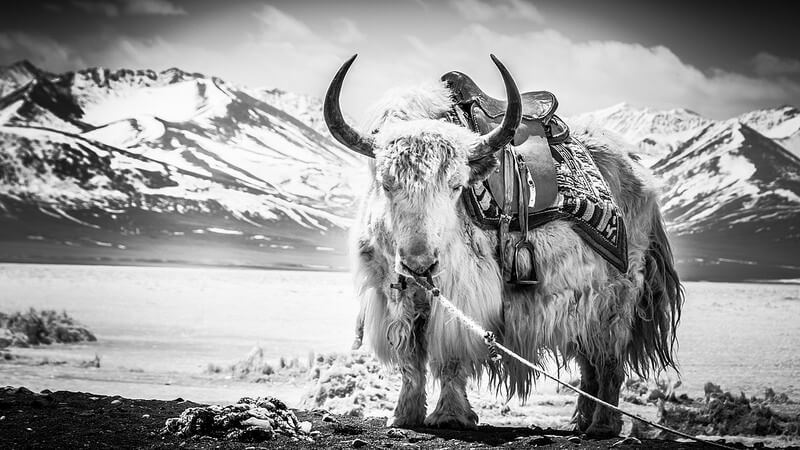
Alex Greenshpun – You Spin Me Round

Alex Greenshpun – Behold, the Mighty Tiger!

Amine Fassi – Happy Camel, happy day
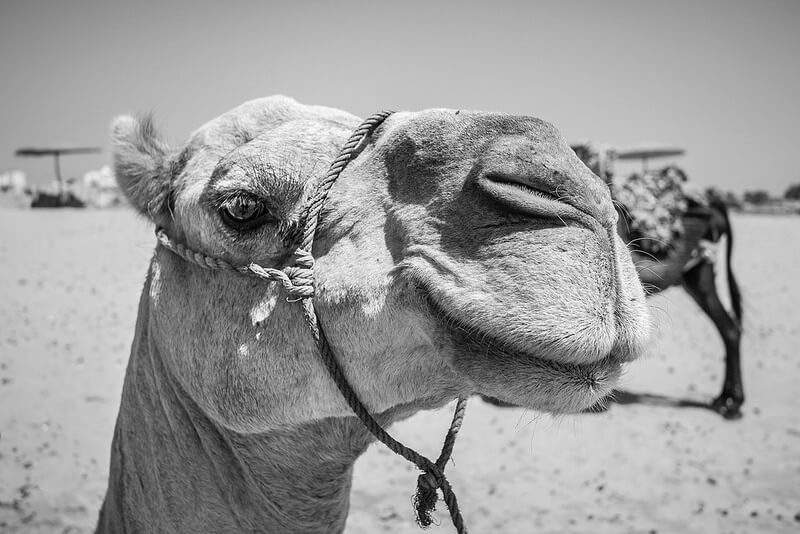
Portraits
Portraits can be beautiful with or without color. Whether you choose one or the other depends on what you want the viewer to experience. In general, color portraits tend to focus more on fashion or the overall appearance of a person or scene. By contrast, black and white portraits tend to bring out the emotions and humanity of the person you’re photographing.
Of course, it’s possible to highlight fashion with black and white, as well as inspire emotions and human connection with color. But typically, black and white portraits have more emotional impact than color portraits. Unless color is essential for understanding the scene, it often distracts rather than adds to the deep, human emotion of a portrait.
For more examples, look at these 47 beautiful black and white portraits.
Jordi Corbilla – Sleeping beauty with dream reflection.

Mahesh Balasubramanian – Peek-a-boo !!!
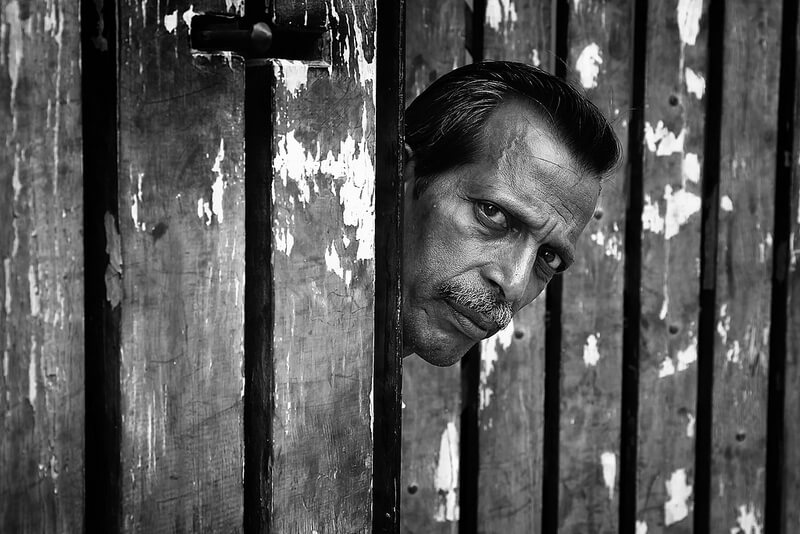
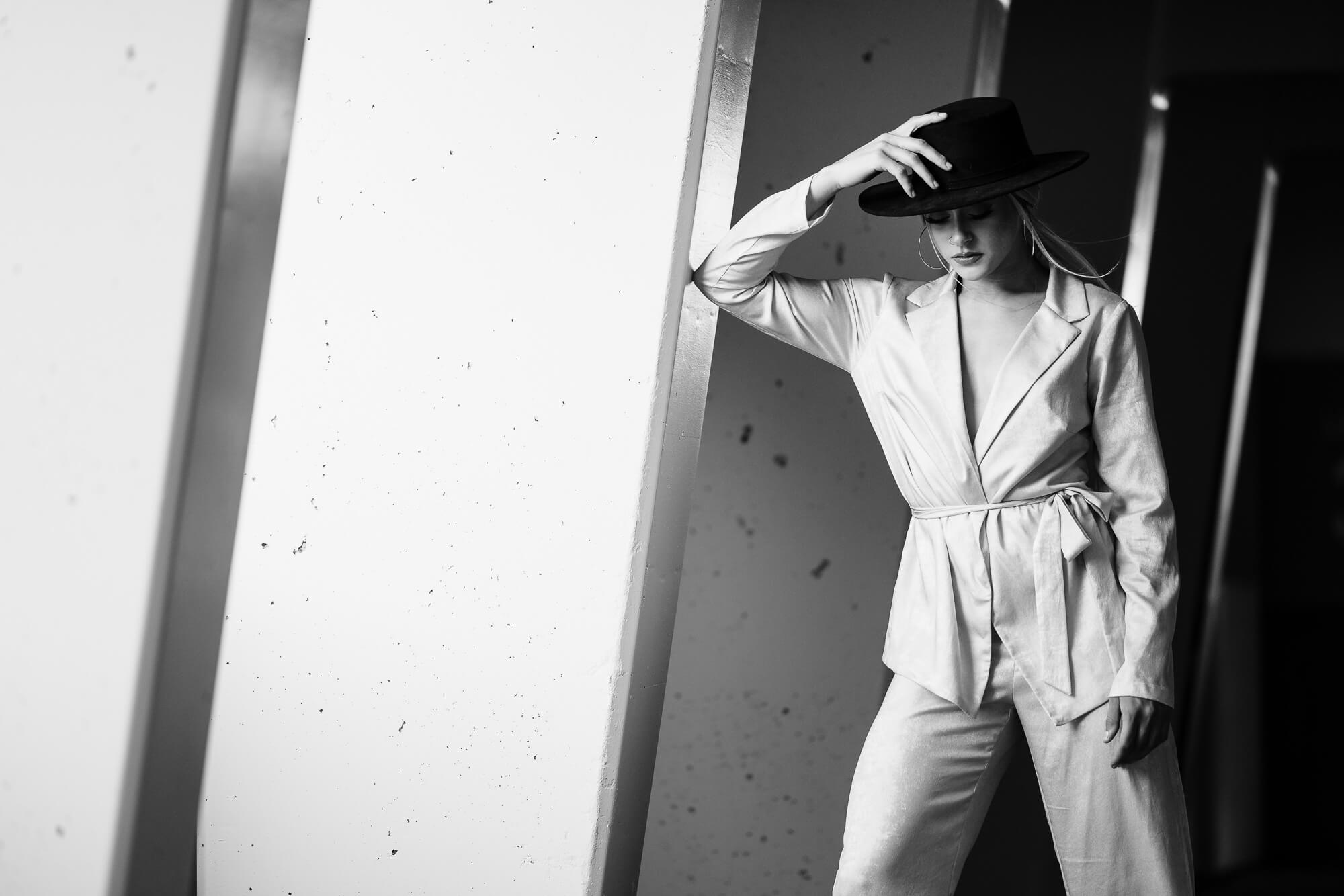
Many of the above images were selected from our talented Flickr group. Next time you shoot in black and white, post your best shots in the group so we can appreciate them!
Conclusion
Like many things in art (and in life), the simple approach is often the better one, and photography is no different. In many situations, black and white editing brings a simple approach that draws the attention to the aspects of the photograph outside of color. The results can be increased senses of emotion, impact, and even beauty in a photo. Happy Shooting!


